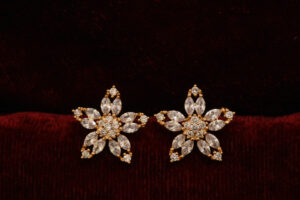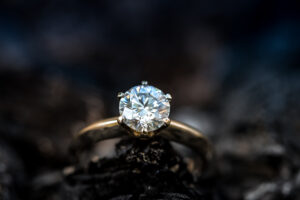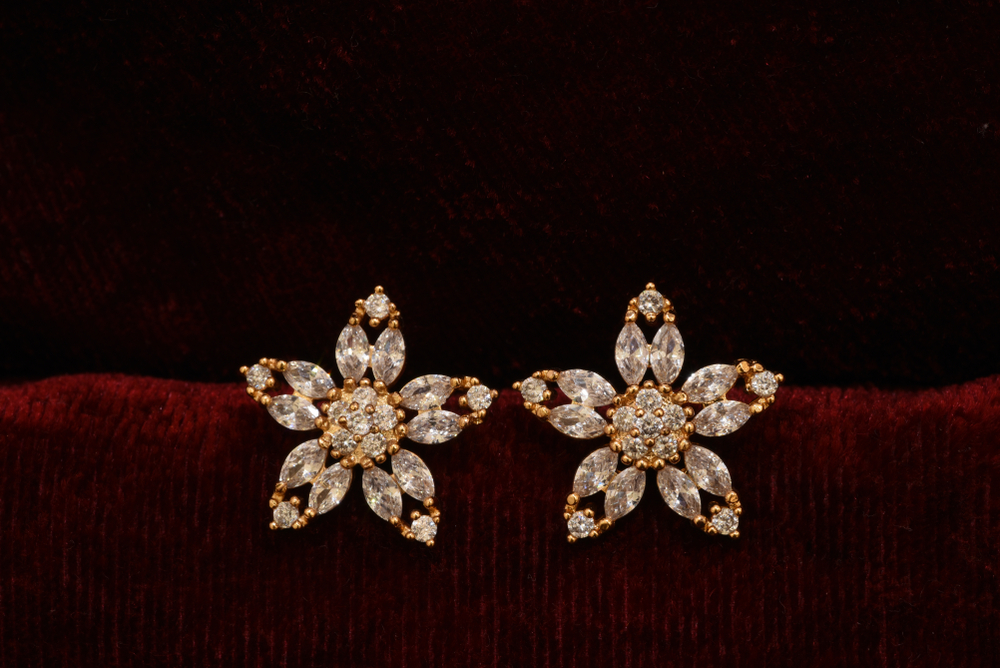
Cubic zirconia was introduced into the jewelry market as a diamond equivalent. After the initial rave on the shine and look of cubic zirconia being identical to natural diamonds, many switched back to natural diamonds or lab grown diamonds for their precious jewelry such as engagement rings.
What Is Cubic Zirconia?
Although touted by many manufacturers as a diamond equivalent, cubic zirconia is actually a diamond simulant. They are also referred to as artificial diamonds. The cubic zirconia was discovered in 1937 as a natural mineral. It is manufactured in laboratories by the process of melting zirconium dioxide along with stabilizers. Once the melting process is over, the chemicals harden into a rock form. These rocks are then cut and polished in a similar way as diamonds are cut and polished. The resultant stones look like real diamonds with the same kind of brilliance and shine. Cubic zirconia however, would have a glassy appearance when compared to the depth of diamonds, making them easily identifiable by natural diamond enthusiasts and trained jewelers.
Price Comparison
The price of cubic zirconia and real diamonds is not even in the comparable range. For example, the price range of one-carat real diamond is between $7000 to $12000 based on the quality and rarity of the stone, whereas the price of one carat cubic zirconia is typically around $30. The low-price range has added to the popularity of cubic zirconia as an ideal diamond simulant, with millions of carats manufactured per year to meet the rising demand.
Comparison Of Durability

The durability of all minerals is based on the Mohs Hardness scale. The ranking is from 1 to 10, with 10 being the hardest and 1 being the softest mineral. Natural and lab made diamonds are a 10 on the Mohs Hardness scale while cubic zirconia is at 8 or 8.5. This means cubic zirconia won’t be as durable as diamonds when set in jewelry, with their reduced hardness making them prone to chipping and scratching.
Using the cheaper cubic zirconia may not be an ideal choice for those who work frequently with their hands and those who can’t be bothered to treat their fine jewelry delicately. If you belong to any of the aforementioned categories, it would be ideal for you to invest in good quality lab grown diamonds that come with a lower price tag when compared to real diamonds of the same carat and quality.
